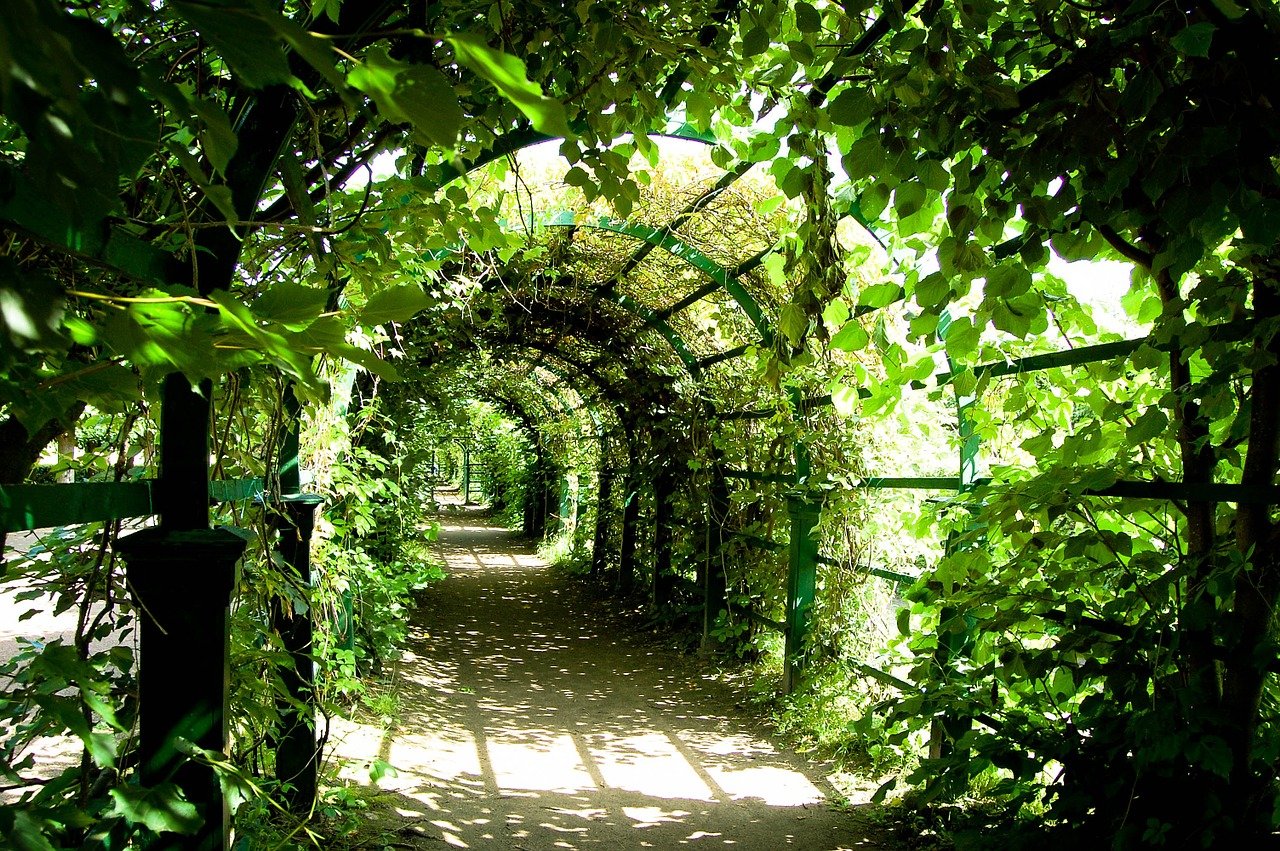The Benefits of Eco-Friendly Living in South Africa (And Elsewhere in the World)
The state of South Africa has run the forefront of adopting green solutions to natural and eco-friendly living for a couple of decades already. The country is rich in natural resources, such as sunlight, water, wind, and more. Thus, leading a sustainable lifestyle is not hard at all if you reside in South Africa. The goal of this article is to introduce the major benefits of a green lifestyle and help you adopt affordable, easy solutions in your personal way of living that will benefit both you as an individual and the environment.
What Are the Principles of Eco-Friendly Living
Green living advocates for minimizing waste and treating the environment wisely, especially by limiting the use of our planet’s natural resources. Leading a sustainable lifestyle will help you become healthier. It has a practical aspect too – green living is incredibly cost-effective. Thus, you will be able to enjoy lower bills, easy maintenance of your home, and increased energy efficiency. Luckily, green living in South Africa is now easier than ever, since the country provides a lot of information and support to motivate citizens during their transition to a sustainable lifestyle.
What Will I Gain by Adopting an Eco-Friendly Lifestyle?
State officials and organizations frequently discuss the benefits of green living for the environment, but you might be asking yourself what individual gains you might expect for yourself by adopting a sustainable lifestyle. The truth is that – except for being morally rewarding – eco-friendly living has quite a few practical benefits including:
- Reduced cost and increased energy efficiency
- Higher water efficiency
- Less maintenance of your home
- Enjoying better air quality
- Increased property value
- Leading a healthier, more fulfilling lifestyle
- Improved community life
As you can see, you and your family have a lot to gain from eco-friendly living, so let us go over the list and see how these benefits work in more detail.
Increased energy efficiency and lower bills
One of the highest living costs is electricity. As energy prices increase continually, our bills swell over time. Thus, more and more people are looking for ways to cut electricity costs. Thankfully, green living provides the perfect solution to this problem. The South African market offers numerous ways in which you can achieve greater self-sustainability of your home and lessen your expenses.
For instance, you could use solar panels to utilize energy from the sun. Also, you could have your windows designed so that they let in as much natural light as possible. This will cut down on your use of artificial lighting.
In general, optimizing the usage of natural sources of energy is good for the Earth because it helps reduce greenhouse gas emissions. It also lessens air pollution derived from producing electricity.
Higher water efficiency
Clean water supply has been crucial in South Africa. Therefore, green living is especially important to ensure a constant, reliable supply of clean water. Reducing water wastage will benefit you by lowering your water expenses. It is also quite affordable. All you need to do to achieve optimized water usage within your home are a few plumbing fixtures and rainwater reusing solutions.
Less maintenance of your home
This is usually not one of the benefits that come to mind frequently when people talk about green living. However, using green building materials can reduce your maintenance costs over time. The reason is that these materials are usually affordable and quite durable. Some of them include wood, bamboo, recycled steel, etc. Using such materials to build your home will help you save money and reduce your environmental footprint over time.
Better air quality
It is common knowledge that bad air impacts your health negatively. Air pollution can cause all sorts of illnesses, such as asthma and cardiovascular diseases. By living an eco-friendly life, we all contribute to improved air quality and a better, healthier lifestyle.
Increased property value
As we explained above, a sustainable home will help you reduce your living costs. However, did you know that using green materials together with the proper architecture can help you increase the worth of your property? This is something worth thinking about if you intend to profit from your home.
We already explained that green materials are cost-effective and durable. This means that your property will look new for a longer time and will require minimum to zero maintenance. Using different solutions to optimize the usage of electricity, water, and other natural resources will also reduce costs and is a huge selling point to attract buyers. In fact, a lot of research on the South African market points out that people are willing to pay significantly more for a self-sustainable, eco-friendly property.
Here is a great example of how green homes create value:
Leading a healthier, more fulfilling lifestyle
Green living has numerous benefits to your well-being. To begin with, you will get to appreciate a sense of fulfilment for helping the Earth emerge from the current climate crisis. In addition, an eco-friendly lifestyle directly impacts your health by virtue of the choices you make. For instance, you benefit every time you choose to walk or cycle instead of using your car.
Improved community life
Most of us live within a community, and that is why it is so important to invest in the well-being of those who surround us. Leading by example and showcasing the benefits of an eco-friendly lifestyle will motivate other community members to adopt it. This will improve their own state of life and will affect positively the environment. The latter is crucial to preserving the Earth for the future generations to come.
Read More →





